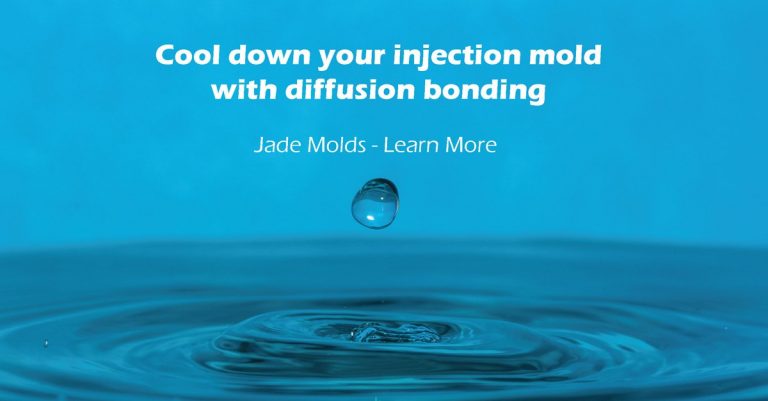
Diffusion Bonding
Most people think of 3-D printed inserts when we talk about the conformal cooling process.
And we don’t disagree—we use 3-D printed inserts and think they’re great for certain molds.
However, when you’re working with a more complex mold, there is a better option:
Diffusion bonding allows for more water-flow, more consistent cycle times, and fewer problems from shrink, warp, and overheating.
Click the video below to see our president, Pat Smith, explain how diffusion bonding works.
Most people think of 3-D printed inserts when we talk about the conformal cooling process.
And we don’t disagree—we use 3-D printed inserts and think they’re great for certain molds.
However, when you’re working with a more complex mold, there is a better option:
Diffusion bonding allows for more water-flow, more consistent cycle times, and fewer problems from shrink, warp, and overheating.
How can we help you?
- Looking for an injection mold making quote?
- Need a project review of an existing design you have?
- Have questions about how mold making in China works?
- Looking for A La Carte engineering or Moldex3D services?
When you watch the video, you’ll discover:
- How diffusion bonding differs from 3-D printed inserts
- How and why it works so well for molds with deep cores
- When to use it instead of 3-D printed inserts
